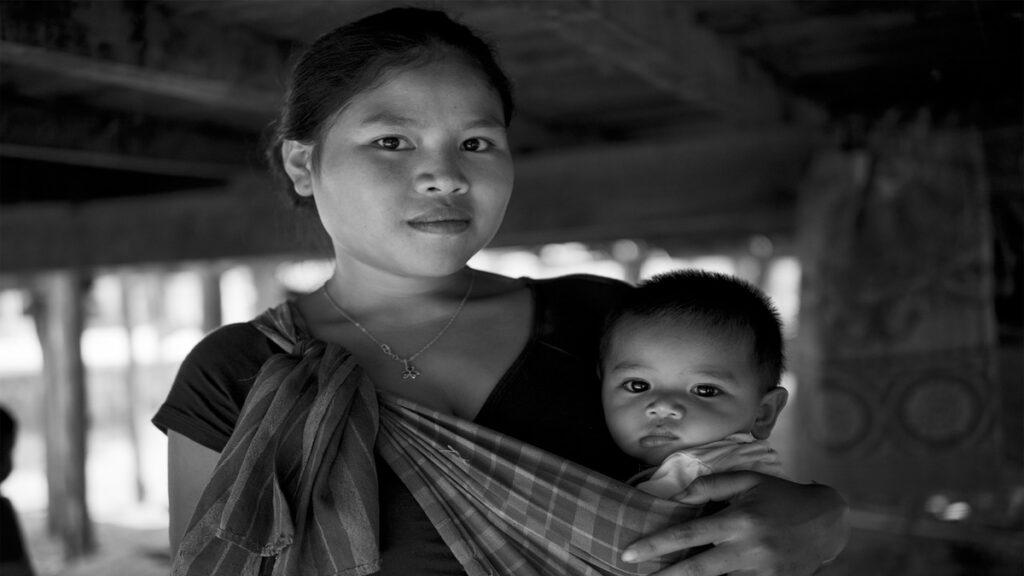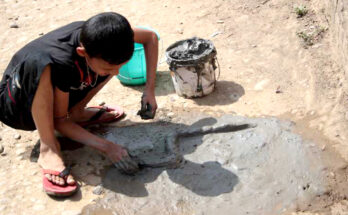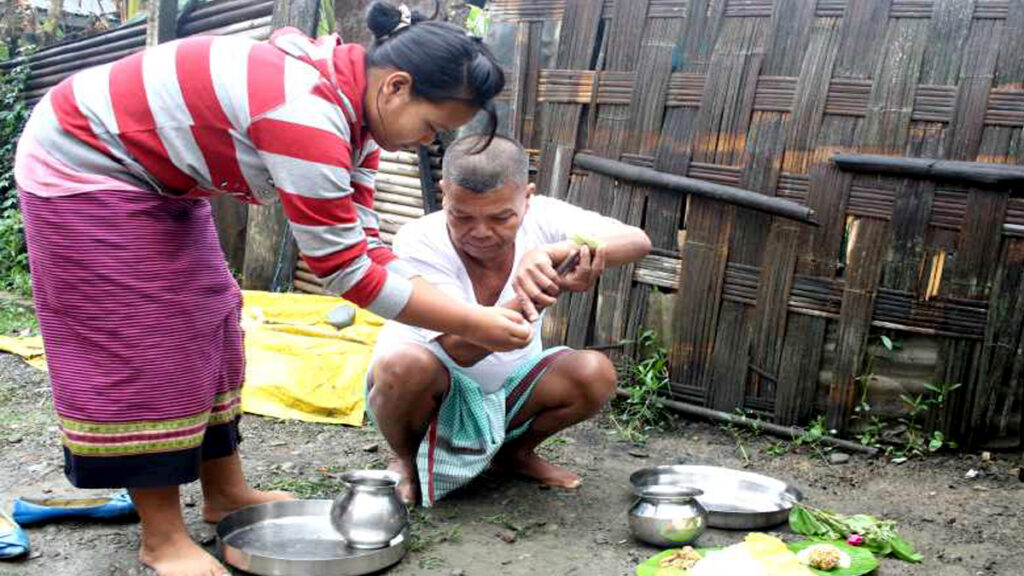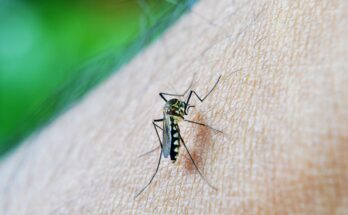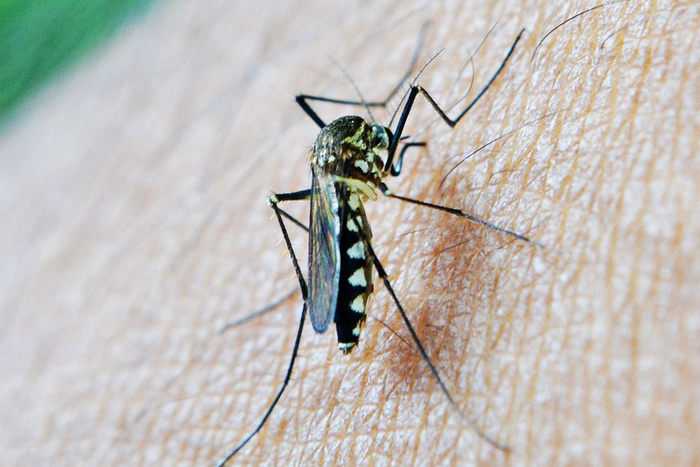
NSE Holidays in 2024: Essential Information for Traders and Investors

NSE Holidays in 2024 : Essential Information for Traders and Investors
Imphal May 21 , 2024 Imphal By Banti Phurailatpam
Navigating the world of stock trading requires being well-informed about various aspects, including trading schedules and market holidays. For those involved in trading on the National Stock Exchange (NSE) of India, knowing the NSE holidays in 2024 is crucial. This information helps traders and investors plan their activities effectively, ensuring they don’t miss out on important market opportunities or get caught off guard by unexpected market closures.
Understanding NSE Holidays
The National Stock Exchange (NSE) of India is one of the leading stock exchanges globally, and it operates on a structured calendar that includes trading days and holidays. NSE holidays in 2024 are predetermined days when the exchange is closed, and no trading activities occur. These holidays are essential for the maintenance of the market and for giving traders and investors a break. Understanding NSE holidays in 2024 allows market participants to strategize their trading activities better.
Importance of Knowing NSE Holidays
Being aware of NSE holidays in 2024 is vital for several reasons. Firstly, it helps traders avoid planning significant trades or investments on days when the market is closed. Secondly, it allows for better financial planning, as traders can adjust their portfolios and trading strategies in anticipation of market closures. Lastly, knowing NSE holidays in 2024 ensures that traders are prepared for any market-related announcements that might occur around these holidays, which can often influence market movements.
NSE Holidays in 2024: The Complete List
Here is a detailed list of NSE holidays in 2024. This list includes both public holidays and weekends when the exchange will remain closed:
- Republic Day: 26th January 2024 (Friday)
- Maha Shivaratri: 8th March 2024 (Friday)
- Holi: 25th March 2024 (Monday)
- Good Friday: 29th March 2024 (Friday)
- Dr. Baba Saheb Ambedkar Jayanti: 14th April 2024 (Sunday)
- Maharashtra Day: 1st May 2024 (Wednesday)
- Id-ul-Fitr (Ramzan Id): 10th May 2024 (Friday)
- Bakri Id: 17th June 2024 (Monday)
- Independence Day: 15th August 2024 (Thursday)
- Ganesh Chaturthi: 2nd September 2024 (Monday)
- Mahatma Gandhi Jayanti: 2nd October 2024 (Wednesday)
- Dussehra: 13th October 2024 (Sunday)
- Diwali-Laxmi Pujan: 1st November 2024 (Friday)
- Diwali-Balipratipada: 2nd November 2024 (Saturday)
- Guru Nanak Jayanti: 15th November 2024 (Friday)
- Christmas: 25th December 2024 (Wednesday)
Additionally, the NSE is closed on all Saturdays and Sundays, which are regular weekly holidays.
Planning Your Trading Around NSE Holidays in 2024
With the list of NSE holidays in 2024 in hand, traders can plan their activities more effectively. Here are some tips on how to make the most out of this information:
- Pre-Holiday Trading: Often, markets can be more volatile before a holiday as traders close positions or make last-minute trades. Being aware of NSE holidays in 2024 allows traders to anticipate and prepare for this volatility.
- Post-Holiday Trading: After an NSE holiday, markets might open with significant movements due to news and events that occurred during the closure. Planning trades with this in mind can help in capturing potential market opportunities.
- Strategic Planning: Long-term investors can use NSE holidays in 2024 to review their portfolios and plan for future investments. It’s a good time to reassess strategies and make necessary adjustments.
- Avoid Last-Minute Trades: Knowing the exact dates of NSE holidays in 2024 helps avoid the rush of last-minute trading, which can often lead to errors and poor decision-making.
Impact of Global Markets on NSE
Even though the NSE might be closed during holidays, global markets continue to operate. Events in international markets during NSE holidays in 2024 can influence the Indian market once it reopens. Traders should stay informed about global market trends and news to make informed decisions. Keeping an eye on major global indices and commodities can provide insights into potential market movements post-NSE holidays in 2024.
Utilizing NSE Holidays for Education and Research
NSE holidays in 2024 can be an excellent opportunity for traders to enhance their knowledge and skills. Use these days to read up on market trends, learn about new trading strategies, or attend webinars and workshops. Improving your understanding of the market can help in making better trading decisions when the market is open.
Conclusion
Being well-prepared and informed about NSE holidays in 2024 is essential for effective trading and investment planning. Knowing when the market will be closed allows traders to strategize their activities, avoid unnecessary surprises, and take advantage of market opportunities. By incorporating this knowledge into your trading routine, you can navigate the year with greater confidence and precision.
Whether you are an active trader or a long-term investor, understanding the importance of NSE holidays in 2024 and planning accordingly can significantly impact your trading success and financial health. Keep this list handy, mark your calendars, and stay ahead in your trading journey.
NSE Holidays in 2024: Essential Information for Traders and Investors Read More





